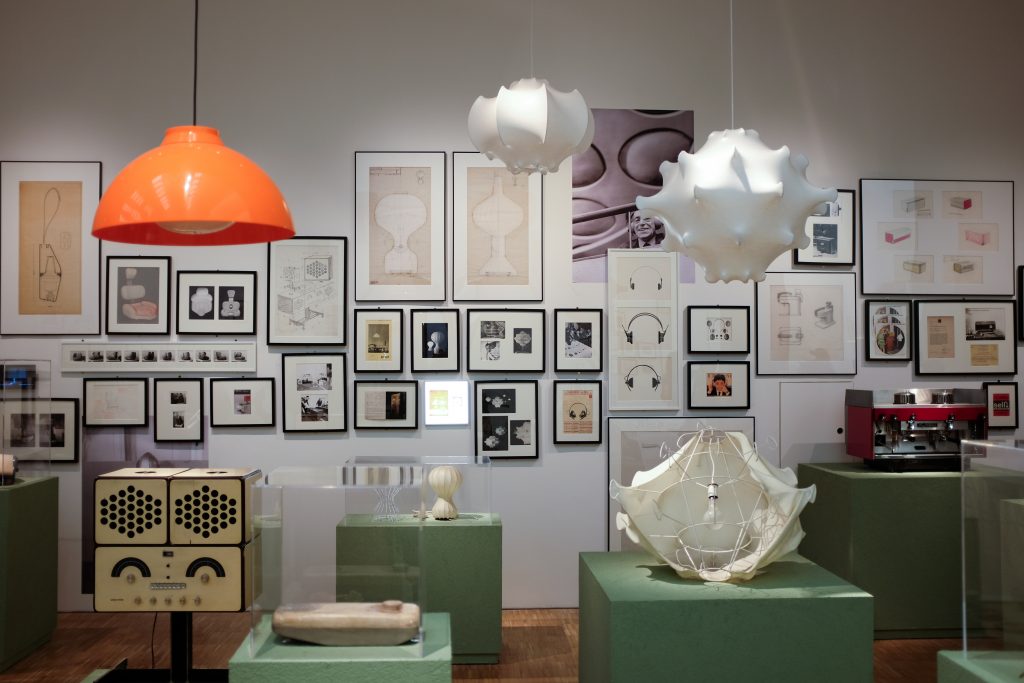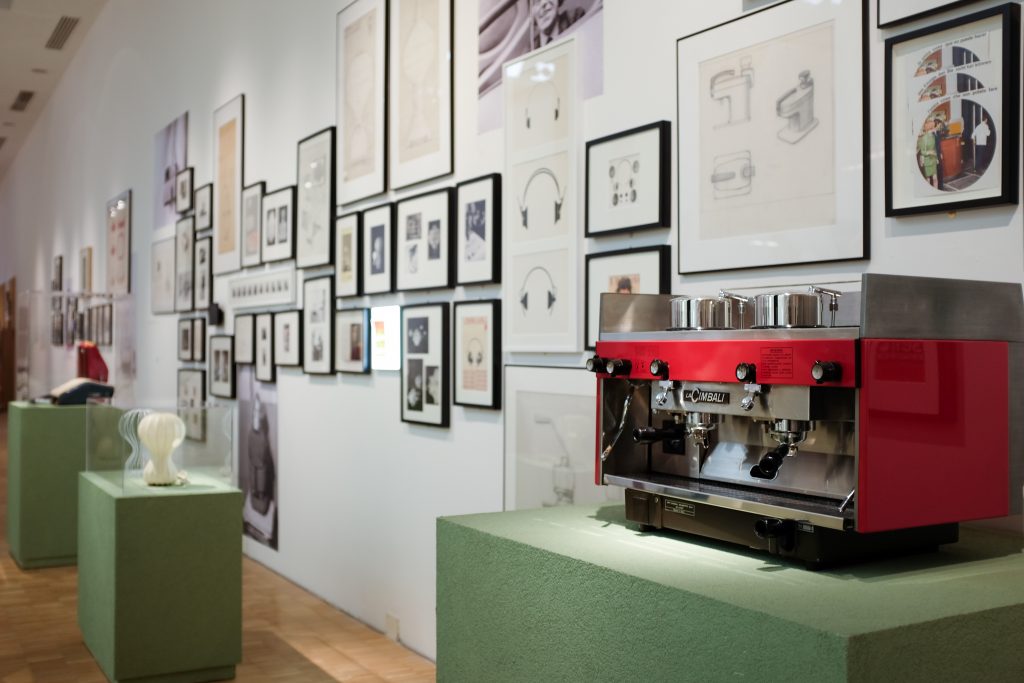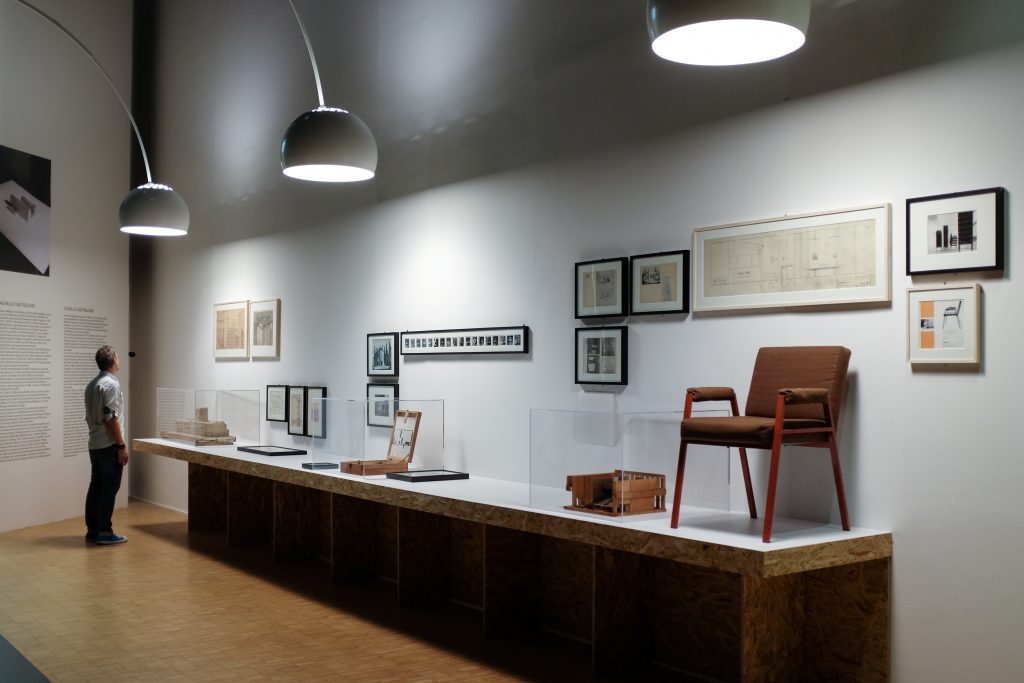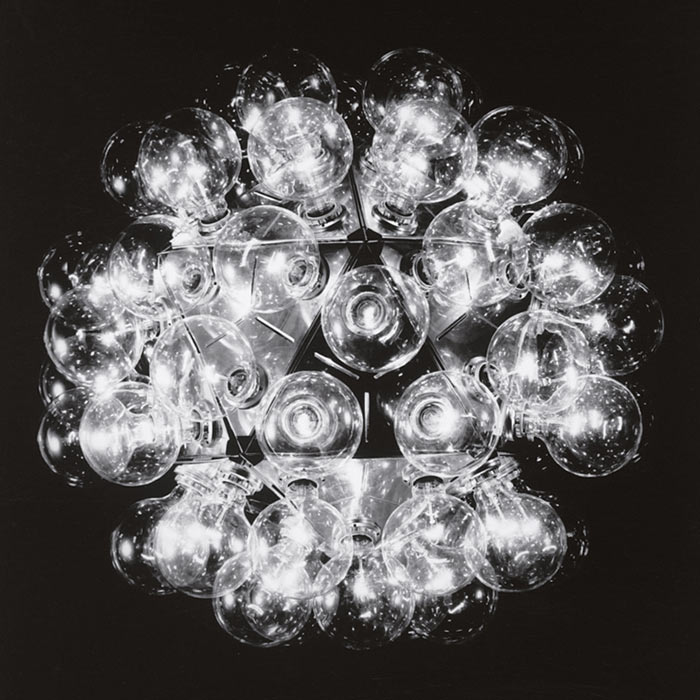Celebrating Achille Castiglioni’s Design Legacy in Milan
Iconic and previously unseen creations on show at Palazzo della Triennale

One hundred years after his birth, the city of Milan is paying tribute to Achille Castiglioni, one of the greatest designers of the 20th century, with the exhibition A Castiglioni at Palazzo della Triennale.
Stefano Boeri, the new President of La Triennale, introduced the exhibition saying, “It is not a retrospective, but a dialogue,” referring to an approach that shows the masters’ work through the eyes of today’s designers and architects. After a successful exhibition on Ettore Sottssass, organized by architect Michele De Lucchi, Italian-Spanish designer Patricia Urquiola has designed and curated the Castiglioni exhibit, assisted by Federica Sala.

Urquiola was a student of Castiglioni at Milan’s Politecnico University and later worked in his studio. “He always put us in difficult situations because he asked us to simplify complexity—always asking to look for the fundamental element of each project,” she says.

On display are some 1,500 objects, photographs, models, sketches and projects—many of them never realized or seen before. For this reason, the exhibition can be enjoyed by all visitors—from those looking for the classics (they’re all there), but also experts who want to discover things never seen before.

The path is not chronological; it aims to reproduce a mental map. To explain the exhibition, Urquiola often uses the word “rhizome”—which, in biology, is “a continuously growing horizontal underground stem which puts out lateral shoots and adventitious roots at intervals.”
“The thought of Castiglioni as a rhizome—multiple from the inside, made up of nuclei and paths that create a universal brain,” she says. This might be a complex idea, but after seeing the exhibition it becomes extremely clear.

The structure is developed through 20 clusters, several of which intersect, oftentimes revealing Castiglioni’s design methodology. It begins with “The Grand Milan,” “Narrating Progress” and “Communicating”—rooms that show us how Castiglioni was an undisputed pioneer of the Milanese post-war period, during which Italian design emerged as some of the most interesting and innovative in the world. While Castiglioni designed objects in those years, he also created installations for exhibitions, trade fairs and corporate events—helping to understand and shape the direction modernity would take.

Other sections are more focused on objects and spaces, such as “Levels,” “Redesigning” and “Reiterating.” Here, we can see Castiglioni’s passion for taking classic furniture and making them current through repetition and redesign without fear of saying something already said.

Then there’s the real eye candy of the exhibition: a dark room intermittently lit by 100 Castiglioni-designed Parentesi lamps by Flos. “We did not want 100 candles, but 100 lamps,” says Urquiola. To revive Castiglioni’s adventurous spirit, the lamps were hacked, modified and merged with other lighting objects to form something one-of-a-kind and quite spectacular.

“Mirror / Reflection”, “Geometries” and “Void” focus on his search for simplification. “Castiglioni was not afraid of the void,” adds Urquiola. His quest for extreme simplicity remains an example for designers and architects of today. We find the classics that all design enthusiasts own—or would like to: Arco, Taraxacum, Taccia and Frisbi, just to name a few.

Castiglioni’s playful side is found in the final clusters: “Morphisms,” “To Serve and to Be Served,” “Playfulness” and “Ready Making.” Urquiola reminds us that he did not feel like an artist, but an author of functional projects. His approach to readymade was that of a maker. He was a designer who wanted to make new design objects out of known ones. The fishing rod and the car headlight merge to give life to the Toio lamp; beautiful and functional. The bicycle saddle and the milking chair come together to become Sella; a seat designed to be comfortable during phone calls. Lampadina is a lamp in which the film reel has the precise function of rolling the electric wire.
The last objects are presented through a dynamic installation curated by Sony Design, which continues their experiments presented during the Milan Design Week with the inspiring “Hidden Senses” project. Those who take a seat on the tractor-inspired Mezzadro will experience the feeling of being on an agricultural machine in the fields while seeing the magic of Castiglioni come to life through technology.
A Castiglioni is on show now through 20 January 2019 at La Triennale di Milano.
Images by Paolo Ferrarini











